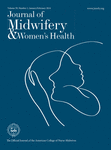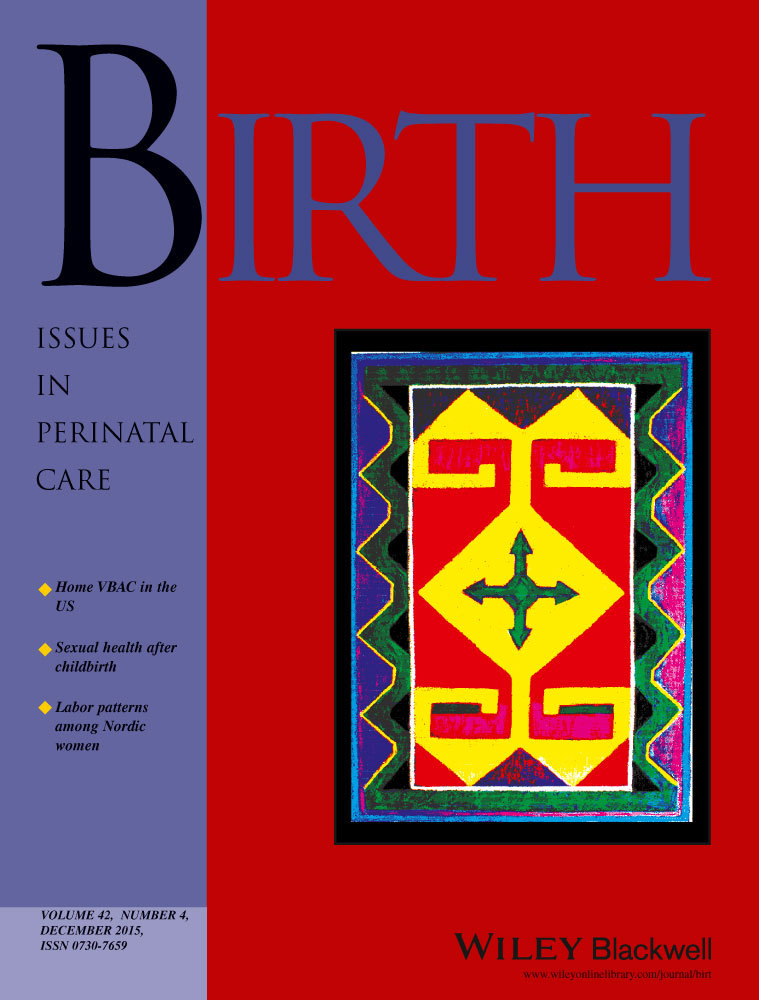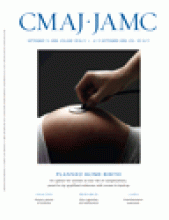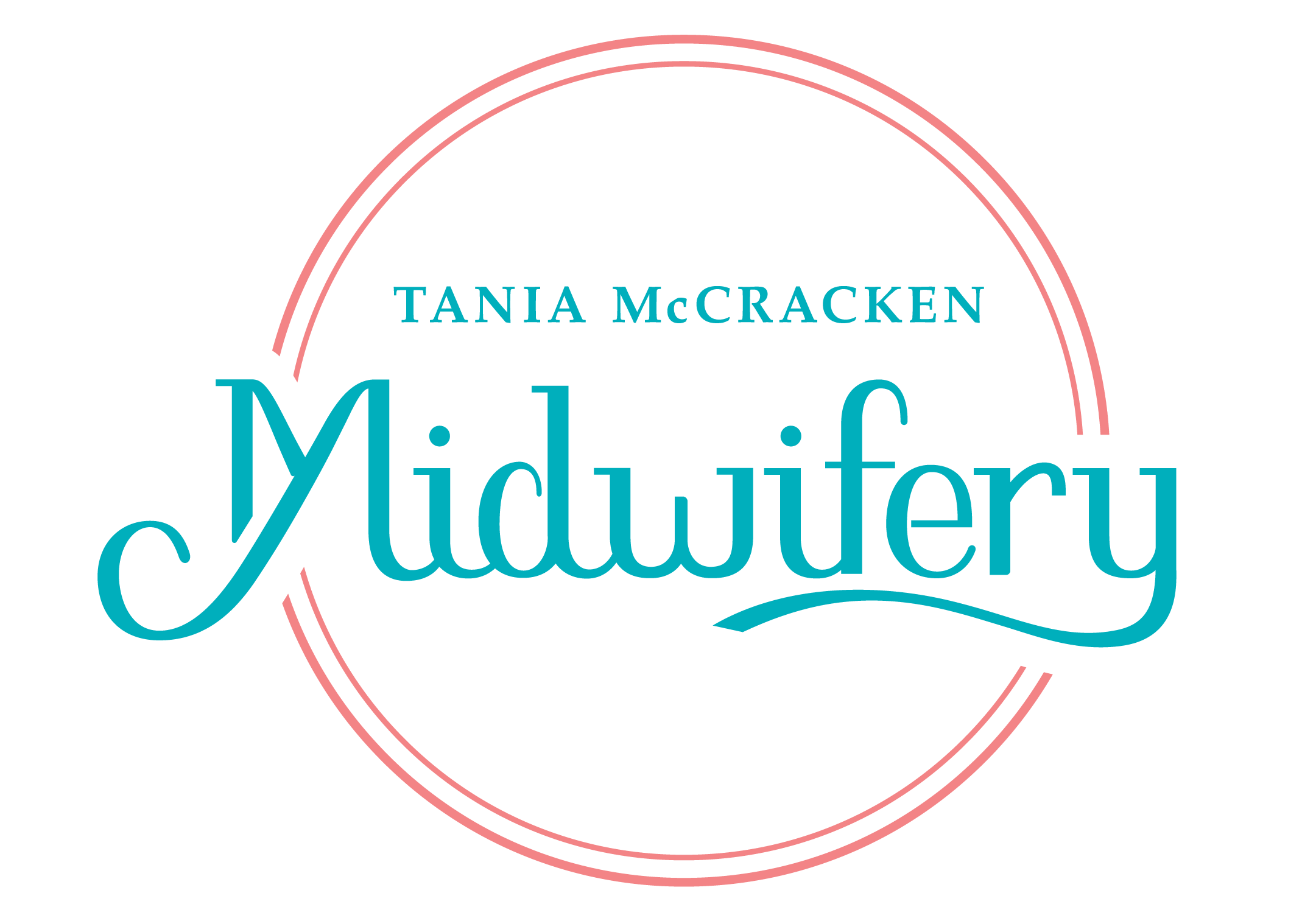Articles about the safety of home birth

This article found that planning a community birth for a low risk pregnancy is no more dangerous than a low risk pregnancy planning on birthing in the hospital (when looking at neonatal death). And actually planned community births had lower rates of epidural, episiotomy, forceps, vacuum extraction, and cesarean section.

“Low-risk women in this cohort [16,924 planned home births] experienced high rates of physiologic birth and low rates of intervention without an increase in adverse outcomes.”

There is an 87% chance of vaginal birth after a previous cesarean when planning to birth in the community setting. There is also a higher transfer rate for these people as compared to people that have not had a previous cesarean. There is also a potential for increased risk for the newborn, especially if rupture occurs at home.

This canadian study found that planned midwife attended home births had no increase in perinatal death rates as compared to the same population birthing in the hospital with midwives or doctors. And rates of obstetrical interventions were actually lower.

This study in all of the Netherlands over a 7 year period found that for low risk pregnancies there was no increase risk in planning a home birth when attended by midwives who have a transport and referral system.
Articles about placentophagy

This article found that most people choose to consume their placenta to try and prevent postpartum depression. There is no published evidence to support this and there are no known adverse effects on newborns.
